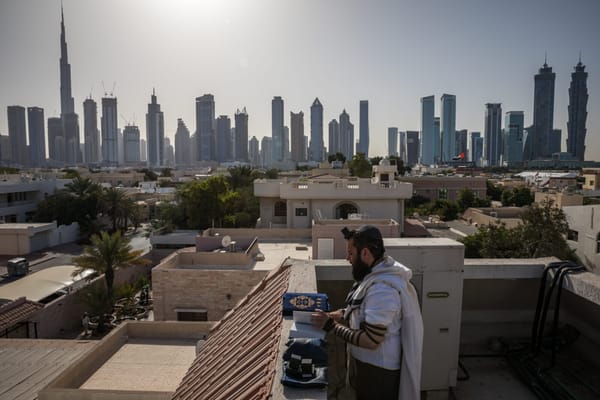Advice and Dissent in Kuwait
In sharp contrast to the diplomatic ineptitude that has characterized the Anglo-American march to war against Iraq, military preparations have been systematic, extensive and inexorable. As the military buildup has progressed through the autumn and winter of 2002 and into the succeeding spring, the f









